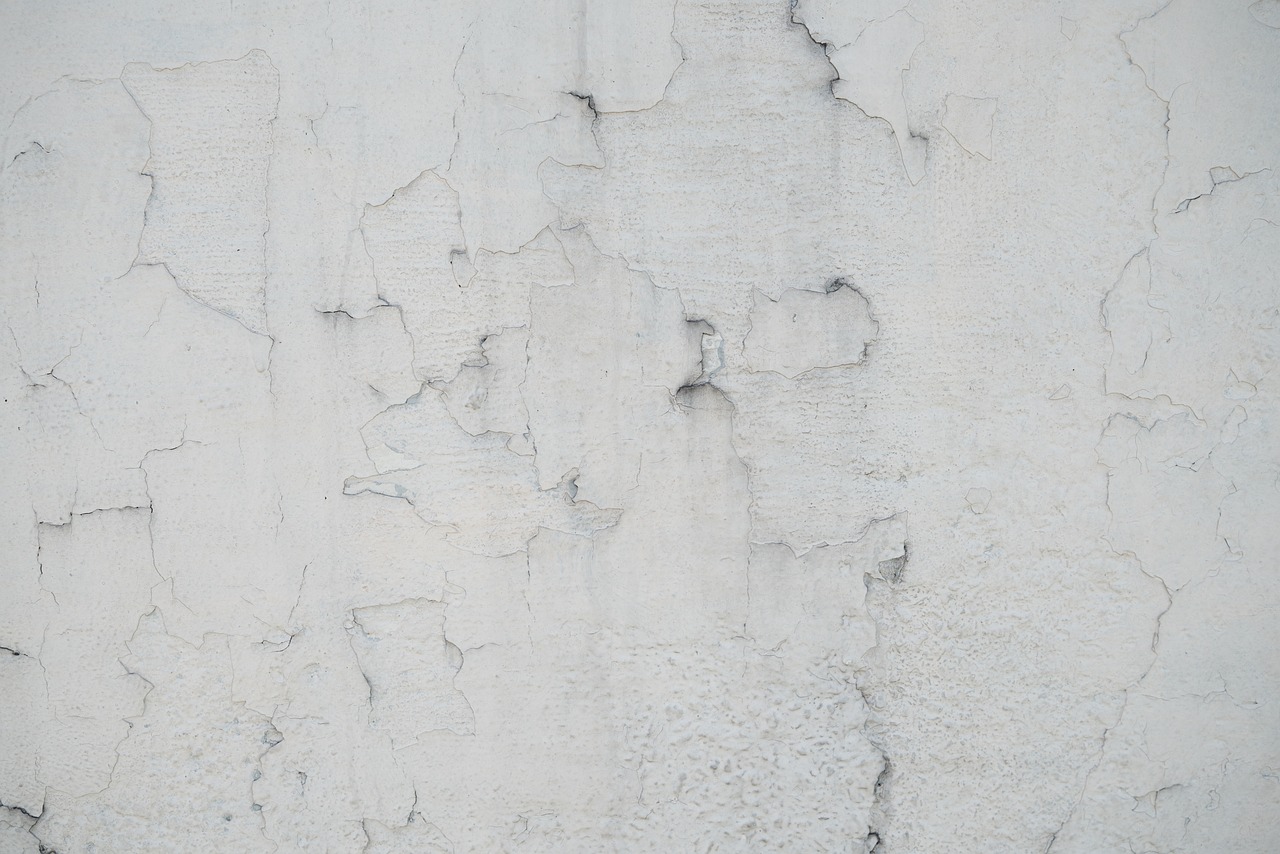Skull Art

You can’t miss the profound impact of skull art in various cultures and eras. Ancient civilizations like the Aztecs used skulls to signify death and rebirth, while the ‘memento mori‘ concept of the European Renaissance reminded people of their mortality. Today, skull art fuses traditional symbolism with modern techniques, employing bright colors and avant-garde methods. Artists like Damien Hirst and Jean-Michel Basquiat have brought forward unique interpretations, ranging from luxurious contemplation to gritty social commentary. Skulls continue to symbolize themes of life’s transience and transformation. To uncover the deeper significance and evolving styles of skull art, keep exploring.
Key Points
- Skull art combines ancient symbolism with contemporary styles, exploring themes of mortality and transformation.
- Artists like Damien Hirst and Jean-Michel Basquiat offer iconic and diverse interpretations of skull imagery.
- Techniques range from painting and sculpture to digital art and mixed media, enhancing the art’s emotional impact.
- Skull art reflects historical roots while embracing modern aesthetics and avant-garde methods.
- Cultural interpretations of skull art vary, symbolizing wisdom, protection, and the cyclical nature of life.
Historical Significance
When examining the historical significance of skull art, it’s important to acknowledge its roots in ancient civilizations, such as the Aztecs, who intricately incorporated skulls into their art and rituals.
These ancient origins highlight how skulls weren’t merely decorative but symbolized profound cultural influences. The Aztecs, for instance, viewed skulls as representations of both death and rebirth, integrating them into ceremonies to honor deities.
Moving forward in time, the concept of ‘memento mori‘ emerged, reinforcing the portrayal of skulls as reminders of human mortality. This motif continued to evolve during the European Renaissance, where artists like Albrecht Dürer and Hans Holbein infused their works with skull imagery, thereby blending ancient cultural influences with new artistic expressions.
Contemporary Styles
Contemporary skull art thrives on the fusion of traditional symbolism with avant-garde techniques, resulting in vibrant and eclectic pieces that resonate with modern aesthetics.
You’ll notice that these artworks often employ vibrant colors and modern interpretations, making them visually striking. Artists use diverse methods, from digital art to mixed media, creating unique pieces that stand out in today’s artistic landscape.
These works are seen across various mediums, including canvas prints, posters, and wall art. Such contemporary pieces attract a broad audience, from art aficionados to those seeking bold decor elements.
Symbolism and Meaning
Skull art frequently embodies profound symbolism, reflecting themes of mortality, transformation, and the cyclical nature of life. You’ll find that it often explores deeply into mortality symbolism, presenting a stark reminder of life’s transience.
Cultural interpretations vary, with some societies viewing skulls as symbols of wisdom, protection, or spiritual connections to ancestors. The art often prompts life reflections, urging you to ponder the impermanence of earthly pleasures and the inevitability of change.
Artists use skull imagery to examine concepts of rebellion and darkness, highlighting the fragility of existence. Depending on the artist’s intention and the viewer’s perspective, skull art can range from macabre to playful, each piece offering a unique lens through which to scrutinize the human condition.
Techniques and Mediums
Artists employ a diverse array of techniques and mediums to craft skull art, each choice influencing the final piece’s texture, detail, and emotional impact. Traditional vs modern methods are pivotal in this artistic domain.
For instance, you might notice:
- Painting and Drawing: Using acrylics, oils, watercolors, charcoal, and pen and ink for both realistic and abstract representations.
- Digital Art: Leveraging software for precise detailing and creative manipulation, merging traditional skills with modern technology.
- Sculpture: Crafting skulls from clay, metal, and found objects, offering a tangible, three-dimensional perspective.
- Mixed Media: Combining materials like collage elements and textures to enhance visual depth and complexity.
Each medium and technique offers unique advantages, shaping the expressive potential of skull art.
Famous Skull Artists
How have artists like Damien Hirst and Jean-Michel Basquiat used skull imagery to explore themes of mortality and identity?
Hirst’s ‘For the Love of God,’ featuring a diamond-encrusted skull, serves as a stark reminder of life’s impermanence, merging luxury with existential contemplation.
Basquiat’s graffiti-inspired skulls investigate identity and social commentary, reflecting cultural influences and artistic evolution.
Francisco de Goya’s ‘The Skull of a Skeleton’ offers a hauntingly realistic interpretation, while Andy Warhol’s ‘Skull 1976’ screenprints bring pop art allure to the motif.
Modern artist Takashi Murakami’s playful skulls blend pop culture with traditional Japanese elements.
These iconic interpretations and creative expressions highlight how skull imagery can be a versatile tool for profound artistic exploration.
Incorporating Skull Art
Moving from the gallery to your living space, incorporating skull art into home decor can add a distinctive and edgy aesthetic. Skull art trends offer a range of designs, from traditional to contemporary, catering to varied tastes.
Here’s how to seamlessly integrate skull art:
- Wall Decor: Opt for skull art posters in different sizes to fit your space.
- Themes: Choose themes ranging from nature-inspired to culturally significant.
- Customization: Use DIY skull decor for a personalized touch.
- Collections: Explore both popular and niche designs for unique pieces.
Analyzing these options reveals that skull art’s versatility allows for both bold statements and subtle accents, making it a compelling choice for diverse interior styles.
Frequently Asked Questions
What Do Skulls Represent in Art?
You’ll find that skulls in art often embody cultural symbolism and the concept of Memento mori. They remind you of life’s impermanence, mortality, and the cyclical nature of existence, varying considerably across different cultural and personal perspectives.
Who Are the Famous Artists of Skull?
You’d recognize Damien Hirst’s skulls and Andy Warhol’s skulls as pivotal in contemporary art. Their works explore themes of mortality and culture through unique lenses, with Hirst’s diamond-encrusted skull and Warhol’s pop art twist on traditional imagery.
Why Did Paul Cézanne Paint the Pyramid of Skulls?
Paul Cézanne painted the Pyramid of Skulls to explore mortality and the passage of time. His style highlights the symbolic meaning of death and decay, inviting you to reflect on life’s transient nature and inevitable end.
What Is Mexican Skull Art Called?
You’re asking about Mexican skull art. It’s called “calavera art,” reflecting the cultural significance of Dia de los Muertos. This tradition blends indigenous and European influences, celebrating the cycle of life and death with vibrant, ornate designs.
Conclusion
In exploring skull art, you’ve delved into its historical significance, contemporary styles, and rich symbolism.
You’ve examined various techniques and mediums, and learned about renowned skull artists who’ve shaped the genre.
This journey reveals how skull art goes beyond mere aesthetics, embodying profound themes of mortality, spirituality, and cultural identity.
By incorporating skull art, you’re not just embracing a visual form, but engaging in a dialogue that spans centuries and transcends cultural boundaries.
Author: Jessica Hartley

